Different Ways Professionals Store DNA Samples
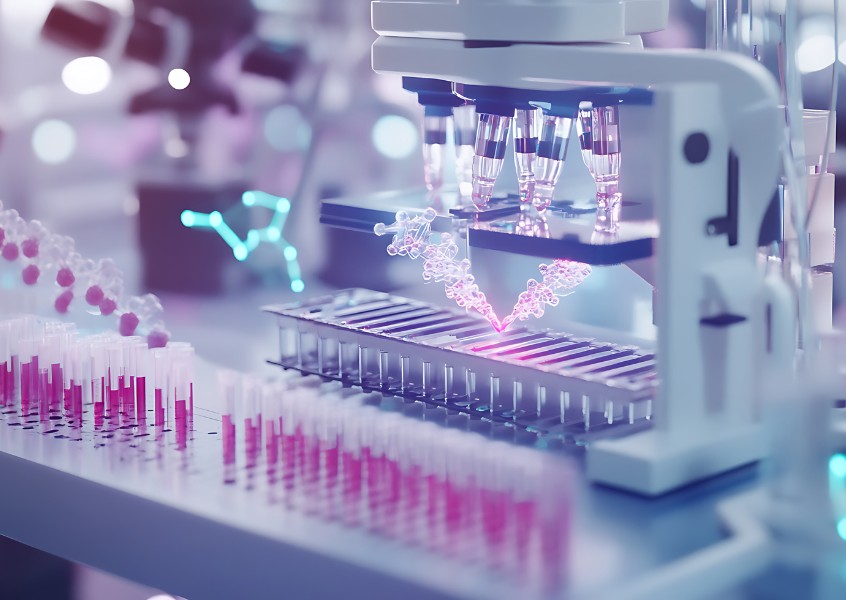
Have you ever wondered how professionals preserve DNA so it remains viable for years, or even decades, after collection? Whether for medical research, genealogy, or future memorialization, DNA storage plays a vital role in protecting genetic material from environmental damage and degradation. Professionals use advanced DNA sample storage techniques that maintain the molecular integrity of DNA through precise temperature control, chemical stabilization, and ethical management practices.
This guide explores how DNA is professionally stored, from cryogenic freezing in liquid nitrogen to room-temperature DNA preservation systems, and why these methods matter for both science and legacy preservation.
Why Proper DNA Storage Matters
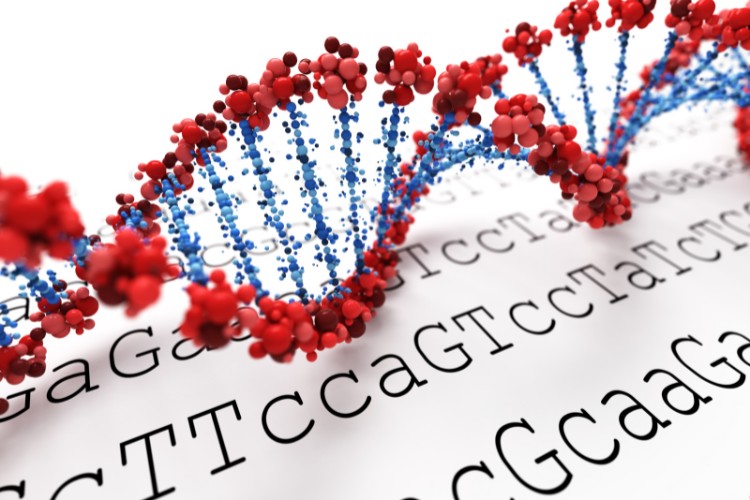
DNA is a delicate molecule susceptible to chemical and enzymatic degradation. Factors like temperature, humidity, and light exposure can accelerate breakdown processes such as hydrolysis, depurination, oxidation, and nuclease activity.
When stored incorrectly, DNA strands fragment or lose sequence integrity, compromising the results of genetic testing or rendering samples unusable. Professional storage facilities, known as biobanks or biorepositories, combat this with advanced environmental controls and adherence to strict ISO 20387 biobanking standards, ensuring DNA stability for decades.
Ultra-Low Temperature Storage
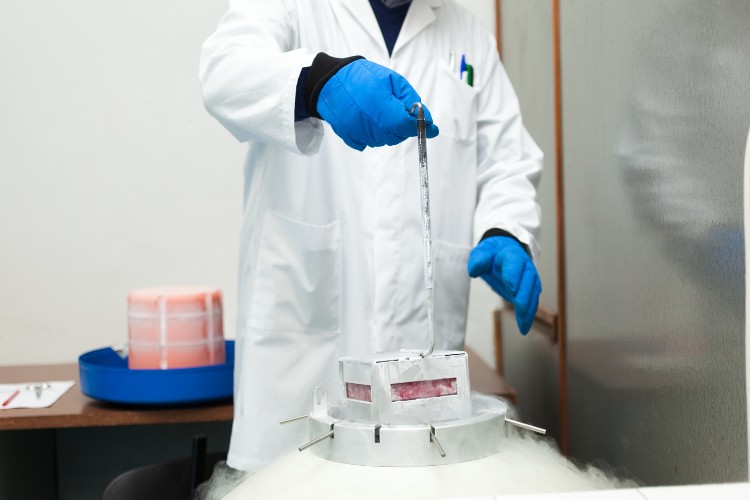
One of the most common and reliable DNA preservation techniques involves cryogenic storage, keeping DNA at extremely low temperatures to halt molecular movement and inhibit nuclease activity.
Liquid Nitrogen Storage (−196 °C)
In this method, DNA is preserved in liquid nitrogen tanks or in vapor-phase nitrogen environments at −150 °C to −196 °C. This virtually stops all enzymatic reactions, maintaining genomic DNA stability indefinitely. Cryogenic systems require careful monitoring and redundant safety measures to prevent accidental thawing.
Mechanical Freezers (−80 °C)
For laboratories needing high throughput or frequent access, mechanical freezers at −80 °C provide an alternative to liquid nitrogen. While slightly warmer, they still suppress most degradative reactions and are ideal for long-term storage of purified or ethanol-precipitated DNA.
Short-Term Storage (−20 °C)
For samples awaiting transport or short-term use, −20 °C storage is typically sufficient. It minimizes degradation but isn’t recommended for archival use due to potential freeze–thaw cycle damage.
Chemical Stabilization Techniques
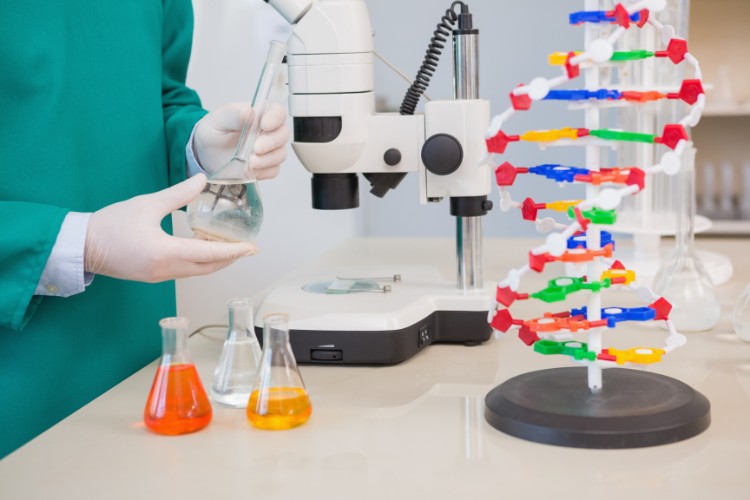
Beyond freezing, chemical approaches stabilize DNA by removing moisture or embedding molecules within protective solutions.
Ethanol Precipitation and TE Buffer Suspension
After extraction, many labs use ethanol precipitation to purify DNA, forming a visible pellet. The pellet is dried and re-suspended in TE buffer (Tris-EDTA), which protects against hydrolysis and oxidative DNA damage by maintaining pH and binding divalent metal ions. The suspended DNA is then kept at −20 °C or −80 °C for safe storage.
Lyophilization (Freeze-Drying)
Another highly stable preservation method is lyophilization, or freeze-drying. DNA is frozen, then placed under a vacuum to remove water via sublimation. This dry powder form is remarkably resistant to degradation and can be stored at room temperature for extended periods. Rehydrating the sample later restores full functionality for molecular analyses.
Ambient and Dry-State Preservation
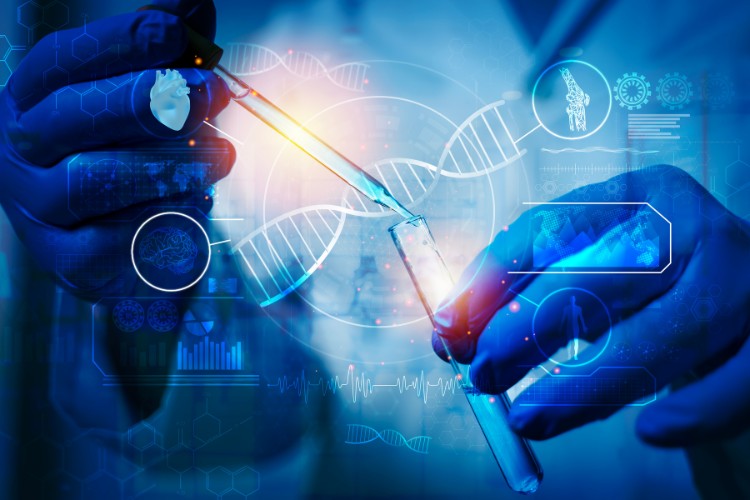
Not every lab uses freezers or nitrogen tanks. New ambient DNA storage methods allow preservation at room temperature using engineered matrices or treated substrates.
Stabilized DNA Cards
These specially treated filter papers or polymer films bind and protect DNA at room temperature. Once a small sample is applied, the material prevents microbial growth and oxidative DNA damage, making it ideal for mailing or long-term archiving in low-resource settings.
Matrix System DNA Storage
Matrix-based systems encapsulate DNA within protective polymers or silica-like materials that create a microenvironment shielding the molecule from humidity and light exposure. They allow recovery of high-quality DNA after years of storage without refrigeration.
Silica Encapsulation
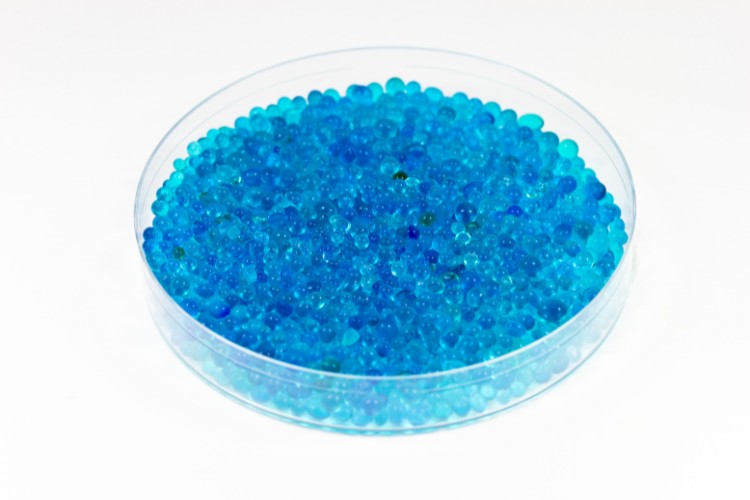
In recent years, silica encapsulation has emerged as one of the most promising DNA preservation techniques. By trapping genetic material within microscopic silica beads or films, scientists isolate DNA from reactive oxygen species, moisture, and other damaging factors.
These DNA encapsulation nanoparticles provide mechanical strength and chemical stability, extending sample life far beyond what standard freezing can achieve. Researchers can later dissolve or fracture the silica to recover intact DNA for sequencing or analysis.
Preventing DNA Degradation
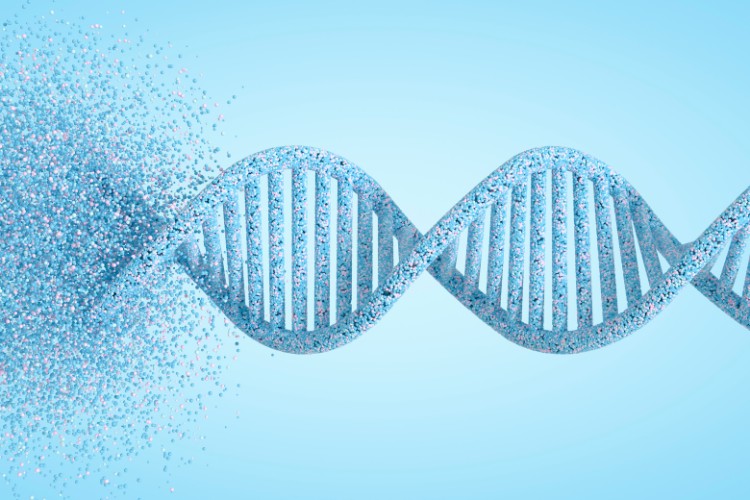
To maintain DNA molecular structure preservation, professionals control several key environmental variables:
- Temperature: Keeping samples cold or chemically stabilized slows all degradation pathways.
- Humidity: Moisture promotes hydrolysis and enzymatic activity; low humidity extends DNA lifespan.
- Light: Ultraviolet and visible light cause oxidative DNA damage; samples are stored in opaque containers.
- Handling: Minimizing repeated freeze–thaw cycles prevents fragmentation.
These controls ensure the molecular integrity of DNA remains intact across decades of storage and retrieval.
Biobanking Standards and Best Practices
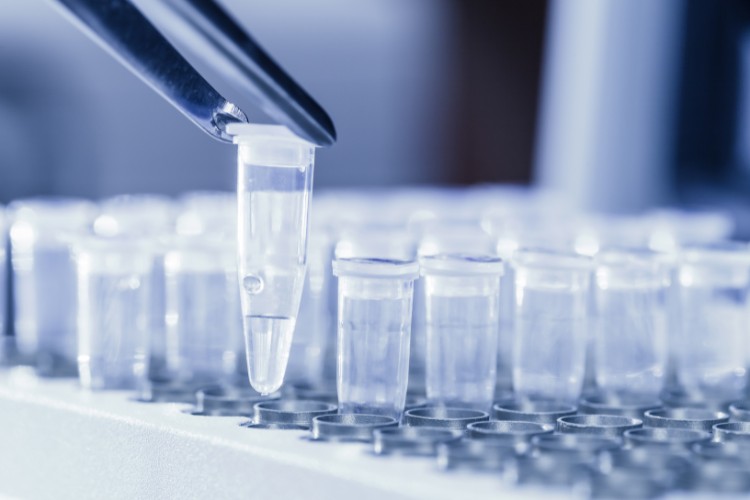
Professional DNA biobanks follow strict quality frameworks such as ISO 20387, which defines requirements for competence, impartiality, and consistency in biological resource management.
Key elements include:
- Chain of custody tracking for every DNA sample.
- Documentation and traceability to guarantee authenticity.
- Ethical guidelines governing informed consent and privacy.
- Quality management systems ensuring reproducibility and data accuracy.
Modern biorepository sample management software helps track location, temperature history, and retrieval data for each stored vial, ensuring complete transparency and accountability.
Choosing the Right Storage Method

The best DNA storage protocols depend on your goals:
- For medical research or genetic testing, ultra-low temperature cryostorage offers maximum integrity.
- For long-term legacy preservation, such as DNA banking for family lineage or memorial purposes, dry-state encapsulation or lyophilization may be ideal.
- For space-limited or transportable solutions, matrix cards or silica capsules are reliable and cost-effective.
Each method balances cost, convenience, and longevity differently, but all aim to preserve DNA molecular stability and usability for future generations.
Bringing It All Together
Professional DNA storage combines science, precision, and respect for the value of genetic material. Whether it’s frozen in liquid nitrogen, preserved through lyophilization, or sealed within a silica matrix, every method seeks to protect DNA’s blueprint for life.
For those exploring DNA preservation as part of a personal or memorial legacy, Celestis DNA services offer a distinctive opportunity: the chance to preserve your genetic essence while sending a symbolic portion on a memorial spaceflight, a timeless connection between life, science, and the stars.
To learn more about DNA banking and how your DNA can journey among the cosmos, visit Celestis.com.


